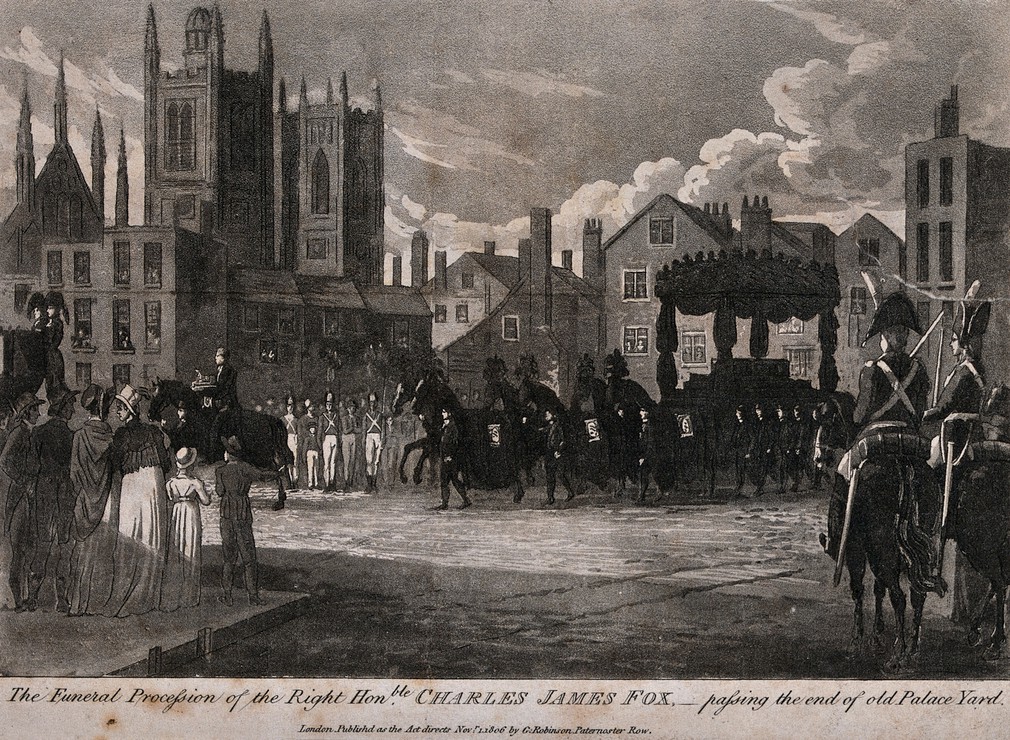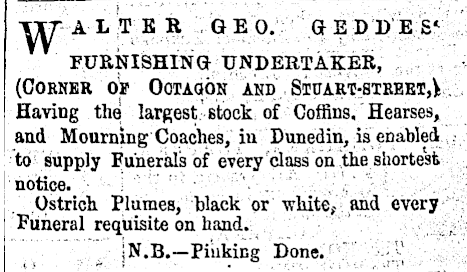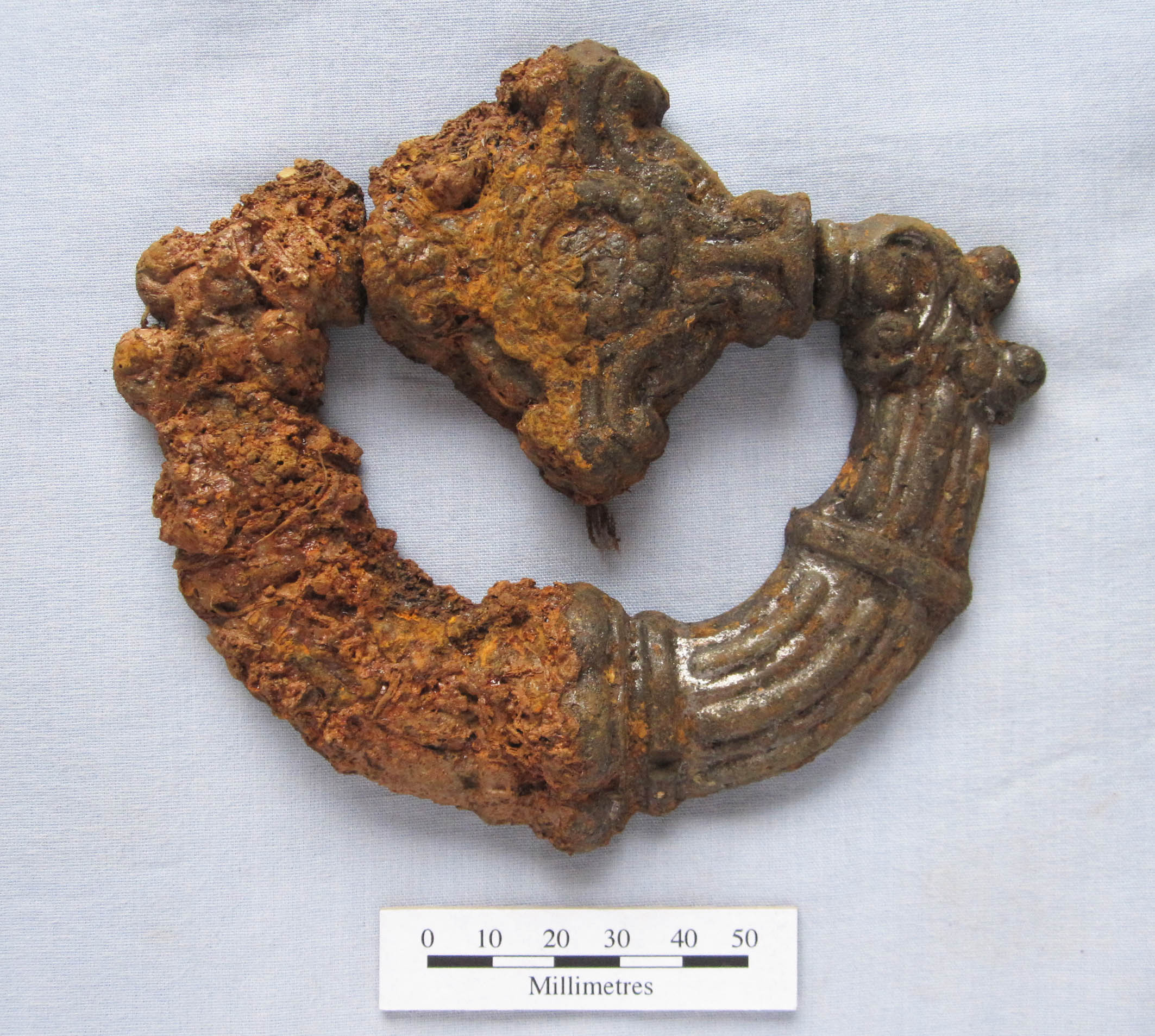Today’s blog post comes from Dr. Peter Petchey, our excavation co-director and expert historical archaeologist. Here he tells us about the Victorian penchant for making death beautiful, and what coffin decorations can tell us about the past.
It is trite but true that the dead don’t bury themselves. Even if the deceased left instructions, it was still up to the living to carry them out, and this funerary practice is something that archaeologists regularly study as it can tell us about the beliefs and values of the society at the time. Important aspects are where a person was buried (which cemetery, and whereabouts in that cemetery), how deep and close together they were buried, and what that person was buried with. In Christian tradition (which was the majority religion in nineteenth century New Zealand) people are not generally buried with grave goods, but they were sometimes buried in highly-decorated coffins, and these coffins are giving us an insight into New Zealand settler society.
In our excavations at Milton, Lawrence and Cromwell we have found a wide range of coffins, from simple wooden boxes with no handles, to highly-decorated coffins with ornate handles and coffin plates.
In very basic terms this variation comes down to three things:
- Where they were – frontier burials, like those of the early days of the goldrush, were usually in simple coffins. Here there were no undertakers and the dead were buried quickly so that the business of mining could carry on
- the status and wealth of the individual and their family – ornate coffin decorations added considerably to the cost of a funeral.
- fashion – yes that’s right, even funerals follow fashions!
The Victorians loved decoration and pomp, and had a fascination with death. Death rates, especially amongst women and children were still very high, and Queen Victoria’s lifelong mourning for her husband Prince Albert after his death in December 1861 placed mourning traditions firmly in the public imagination. The ‘Beautification of Death’ movement was a fashion that saw not just the coffins becoming very ornate, but also the adoption of other funeral practices such as the black hearses pulled by black horses wearing plumes, black dressed pall bearers, and long funeral processions. For the very wealthy large headstones or even masonry tombs were also built: William Larnach’s tomb in Dunedin’s Northern Cemetery is one of the grandest in Otago.

Not everyone agreed though – An alternative group was the Funeral Reform Movement, which thought that this was all needless expense at a time when families were often at their most vulnerable, and advocated for much simpler coffins and funerals.
So what was the situation in New Zealand?
From 1870s newspaper articles we know that these movements were being debated here, but we have to look at the archaeological record for proof of what people actually did. Headstones in graveyards can tell us a lot, but many people never had one, and sometimes wood was used that has now disappeared. By looking at the burials themselves, we can find out about the poorer and ‘middling’ people.

Beautification in Milton
We have found decorated coffins from 1870s and later burials at both Milton and Lawrence, and their decoration was quite similar. The standard approach was to have a wooden coffin made from simple rough-sawn timber, which was then covered in black fabric and trimmed with ornate metal (lead/tin alloy) strips. Cast iron handles were often used, and these could vary from plain to very ornate. Finally, decorative pressed metal coffin plates were then applied to the coffin top; again these varied but a typical placement was to have them over the head, chest and lower legs. Common patterns used were angels and flower vases at either end, and if there was a chest plate this would usually have the name and age of the deceased painted on it in gold paint: we have been able to identify four people by reading these plates.



Examples of funerary treatment from Milton. Left: The field drawing of B9 from Milton by Eleanor Moore. B9 had three coffin plates: an angel over his head, a vase over his feet, and an ornate shield with his name over his chest. Top Right: An ornate cast iron coffin handle from Milton, half-cleaned to show what it looked like when we excavated it, and what it originally looked like. This would have been an expensive addition to a coffin (and remember there were six of them of the coffin in total). Bottom Right: A plain cast iron coffin handle from Milton. This was a much cheaper option (but still more expensive than no handle at all or a rope loop). This handle was too fragile to clean.
Less beautification on the goldfields…
At the ‘old’ cemetery in Lawrence (used from 1861 until 1866) we found mostly very plain coffins with no decoration: was this the effect of the Funeral Reform Movement? Probably not. Not only were the coffins plain, but the graves were very loosely scattered across the cemetery, and their depths varied from 6 feet 2 inches to 1 foot 8 inches (2 m to 0.5m). This was a frontier goldrush town, and we think that people there were more interested in digging for gold than worrying about funerary fashions, surveying accurate grave plots, or even sometimes digging a deep enough hole.
Our archaeological research is showing that the funerary traditions in late nineteenth century Milton and Lawrence were similar to those being practiced in other parts of what was then the ‘British’ world, but southern New Zealand was still partly a frontier society, and the realities of everyday life sometimes came before a fashionable funeral. But once people began to settle, their cultural traditions started to be expressed. We see this contrast in the differences between the goldrush Lawrence cemetery and the farming community Milton cemetery.
In another blog post we will explore in more detail how the coffins would have looked at the time, and how we have found information from some unexpected sources.
Peter Petchey, 8th November 2019
Sorry for late response. Very interesting. Thanks for this Peter.
Regards
Robert
LikeLike